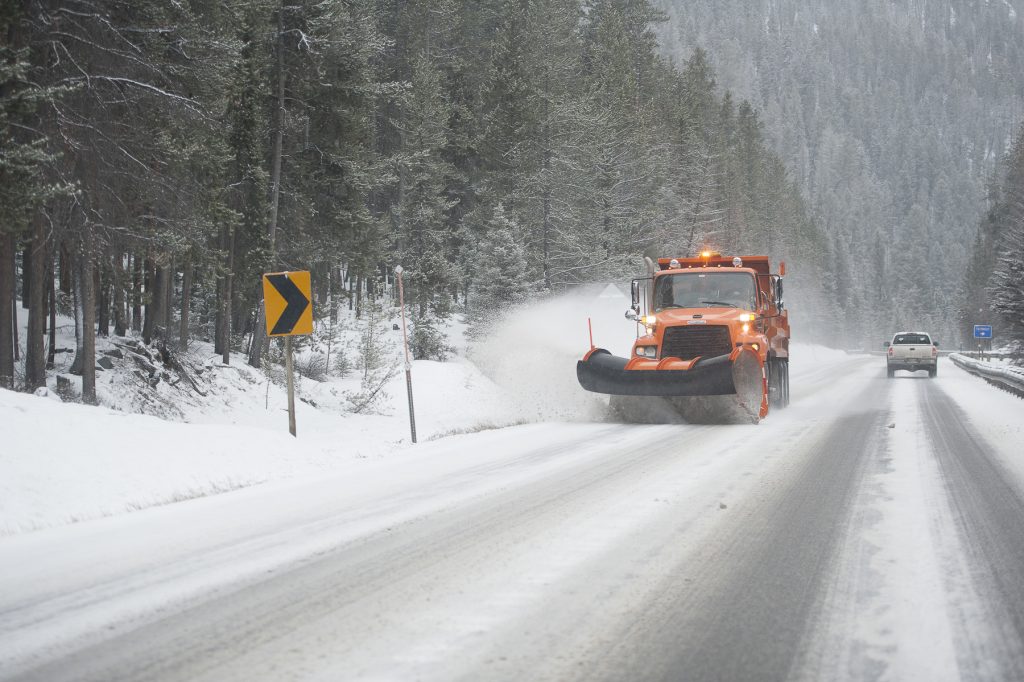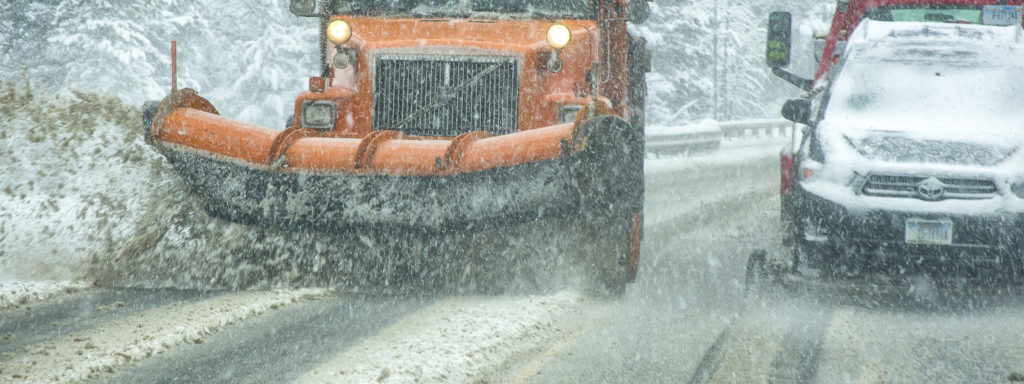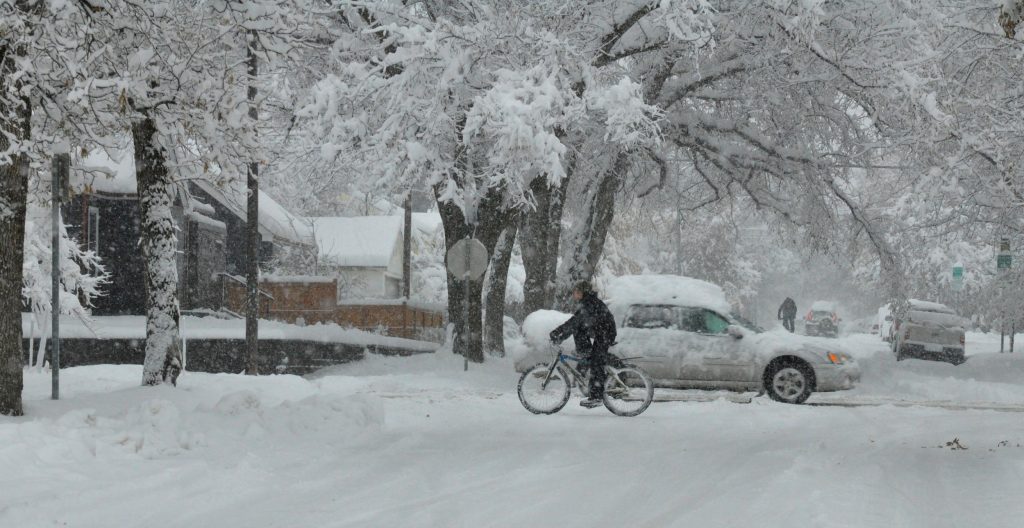PROJECT NEWS: Tools and Strategies for Developing Severity Indices

The Clear Roads research program, which sponsors practitioner-focused winter maintenance research, is highlighting a recently completed severity index project on its website. For “Evaluation of SSI and WSI Variables,” the Narwhal Group and WTI collaborated to create a step-by-step guide to support implementing a severity index, paired with a flowchart tool that helps match users […]
IN THE NEWS: TRB Highlights Interview with WTI Cold Climates Researcher

The impact of extreme weather on transportation systems and infrastructure was the focus of a recent feature article by the National Academy of Sciences’ Transportation Research Board. In “Preparing for Winter Weather with Transportation Resources,” TRB interviewed WTI Research Scientist and Cold Climates Program Manager Laura Fay about the importance of prevention in the winterization […]
RESEARCH NEWS: Winter is coming — What’s new in Cold Climate research?

Montana is not the only place concerned with keeping the roads clear and safe during the winter months. Over the last year, WTI’s Cold Climate Operations and Systems program has added a number of new projects with multi-state partnerships to improve the tools, resources, and staffing available to winter maintenance agencies. Roadway Friction Modeling: Improving […]
STUDENT NEWS: Gaining Research and Testing Experience in the Cold Climates Lab

The Cold Climate Operations and Systems program has new student support in the Lab! WTI is pleased to welcome Lura Johnson as an undergraduate lab technician, who will assist with various road deicing tests and materials. Working closely with Program Manager Laura Fay and Mat Bell, she is currently supporting the Ice Melting Capacity Test […]
On the Air: Podcast Digs into Snow and Ice Topics

Winter is coming – Did you know that the Snow and Ice Pooled Fund Cooperative Program (SICOP) offers a podcast “devoted to all things winter maintenance”? Don’t miss Episode 41: “The latest word on alternate methods for deicing.” WTI Program Manager Laura Fay talks about the key findings from the recent Clear Roads project on […]
Transportation Research Board Highlights WTI’s Severe Weather Index Project

WTI has completed a project to create a severe weather index for the Maryland Department of Transportation, and the final report was featured in a recent issue of the National Academy of Sciences Transportation Research Board’s newsletter. A severe weather index (SWI) is a management tool that can be used to assess the performance and […]
Winter Maintenance in the News

Winter’s not over yet (especially here in Montana), so winter maintenance is still a hot topic in the national media. In February, Next City published an in-depth feature entitled “Cities Are Cutting the Salt from their Winter Road Diets,” which focused on alternatives to salt and brine for roadway snow and ice control. WTI’s Cold […]
PROJECT NEWS: Just a short train ride from D.C.

After the TRB Annual Meeting in Washington D.C., Laura Fay (left), Karalyn Clouser (right), and Natalie Villwock-Witte traveled on to Maryland to meet with the Maryland Department of Transportation (DOT) about the Severe Weather Index (SWI) project. An SWI is a management tool that can assess the performance and related costs associated with winter maintenance […]
Winter Maintenance Research in the News

As winter gets underway, state Departments of Transportation are planning their snow and ice maintenance programs. In the process, they are considering findings and recommendations from WTI research projects. The Kansas Department of Transportation is incorporating alternative products into its deicer mix. The Hutchinson News published a recent article entitled “KDOT using beet juice to […]
New Project: Developing a Severe Weather Index for Maryland DOT
A challenge that many state DOTs face is the accurate assessment of winter maintenance operations. One tool that has been successfully used by DOTs is the severe weather index (SWI), which can assess the performance and related costs associated with winter maintenance operations. It considers the relative severity of each weather event, and relative severity […]
